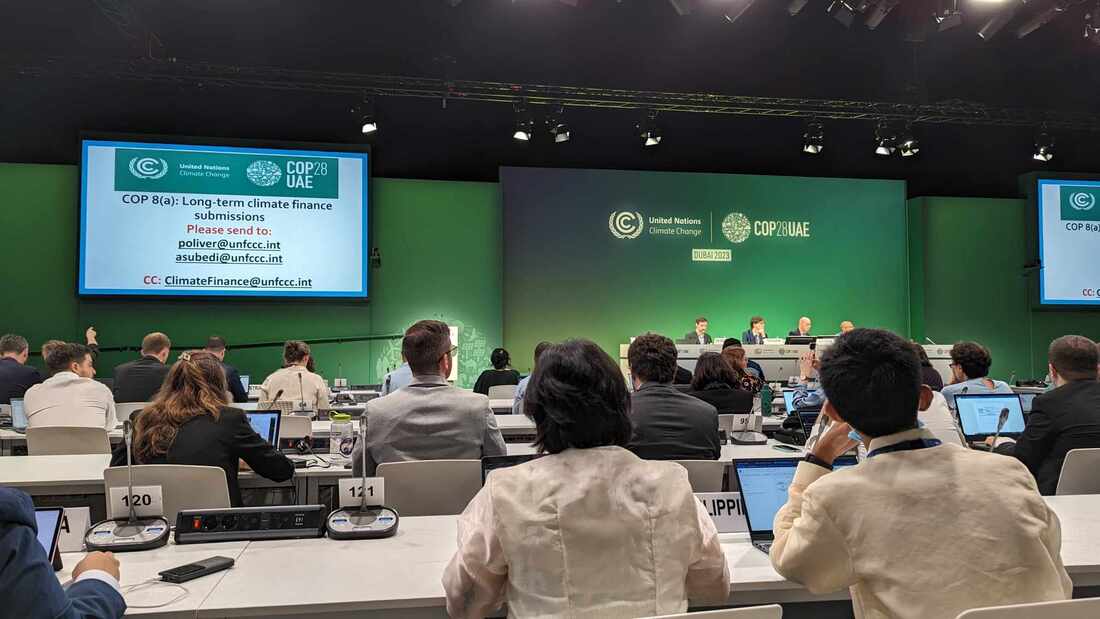|
People usually understand science and diplomacy perfectly when the two words are separated, not when they are combined. Science diplomacy is a term that generally refers to the intersection where the science component meets the diplomacy component. According to an article from the American Association on the Advancement of Science (AAAS), three categories under science diplomacy could be further defined: science in diplomacy, diplomacy for science, and science for diplomacy. Science in diplomacy refers to having the science components in the process of making international policies or diplomacy. Diplomacy for science means multilateral, cross-country collaborations on scientific projects, and science for diplomacy, on the other hand, talks about those international scientific projects that aim to foster better country relations. The three categories each play a role at the UNFCCC COPs.
The UNFCCC COPs, or the United Nations Framework Convention on Climate Change Conference of Parties, is the most prestigious multilateral meeting that makes international climate policies. The most famous international climate policy produced by UNFCCC COPs so far is the Paris Agreement. After almost 30 years of the establishment of COPs, humankind finally decided to collectively act on climate change to limit the global temperature to below 1.5 degrees Celsius compared to the pre-industrial level. So how does science diplomacy play a role in UNFCCC COPs? Here I am listing down a few possible ways:
All three categories in science diplomacy serve different purposes and are equally important. The reason it is so important to have a science component in diplomacy is that many of the current issues we are facing today are transboundary and complex. But as a universal language, science is a strong tool to provide common ground for countries to initiate discussions. Of course, there are other social factors to consider when making policies, such as the Indigenous People's knowledge and social and environmental justice. Hopefully, we will be able to find a platform to integrate all these essential factors into the policy-making process and make all policymakers in the world believe in their importance. Author: Chia Chun Angela Liang https://www.linkedin.com/in/chia-chun-angela-liang/
0 Comments
Leave a Reply. |
Categories
All
Archives
March 2024
|

 RSS Feed
RSS Feed
